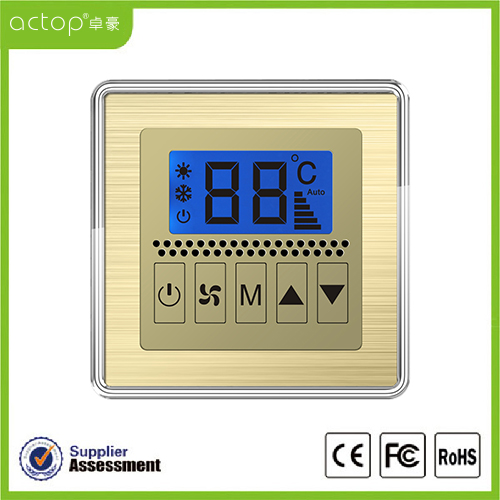After considering the above issues, you can determine which type of sensor to use and then consider the specific performance of the sensor.
2. Sensitivity selection Generally, in the linear range of the sensor, it is desirable that the sensitivity of the sensor be as high as possible. Because only the sensitivity is high, the value of the output signal corresponding to the measured change is relatively large, which is beneficial to signal processing. However, it should be noted that the sensitivity of the sensor is high, and the external noise that is not related to the measurement is easily mixed in, and is amplified by the amplification system, which affects the measurement accuracy. Therefore, the sensor itself should be required to have a high signal-to-noise ratio, and the plant disturbance signal introduced from the outside is reduced.
The sensitivity of the sensor is directional. When the measurement is a single vector and its directivity requirements are high, other sensors with small sensitivity should be selected; if the measurement is a multi-dimensional vector, the cross sensitivity of the sensor is required to be as small as possible.
3. Frequency response characteristics The frequency response characteristics of the sensor determine the frequency range to be measured. It must maintain undistorted measurement conditions within the allowable frequency range. In fact, the response of the sensor always has a constant delay. It is desirable that the delay time be as short as possible.
The frequency response of the sensor is high, and the measurable signal frequency range is wide. Due to the structural characteristics, the inertia of the mechanical system is large, and the frequency of the signal that can be measured by the low frequency sensor is low.
In dynamic measurement, the response characteristics should be based on the characteristics of the signal (steady state, transient, random, etc.) to avoid over-fire error.
4. The linear range of the linear range sensor is the range in which the output is proportional to the input. In theory, within this range, the sensitivity remains constant. The wider the linear range of the sensor, the larger the range and the guaranteed measurement accuracy. When selecting a sensor, when the type of sensor is determined, it is first necessary to see if its range meets the requirements.
But in reality, any sensor can't guarantee absolute linearity, and its linearity is relative. When the required measurement accuracy is relatively low, within a certain range, the sensor with less nonlinear error can be approximated as linear, which will bring great convenience to the measurement.
5. The ability of the stability sensor to remain unchanged after a period of use is called stability. In addition to the structure of the sensor itself, the factors affecting the long-term stability of the sensor are mainly the environment in which the sensor is used. Therefore, in order to make the sensor have good stability, the sensor must have strong environmental adaptability.
Before selecting a sensor, investigate the environment in which it is used, select the appropriate sensor according to the specific use environment, or take appropriate measures to reduce the environmental impact.
The stability of the sensor has quantitative indicators. After the usage period, it should be recalibrated before use to determine whether the performance of the sensor changes.
In some cases where the sensor is required to be used for a long period of time and cannot be easily replaced or calibrated, the selected sensor has stricter stability requirements and can withstand the test for a long time.
Thermostat And Air Conditioning Control
The thermostat is used to adjust the room temperature, according to the pre-set procedures to automatically adjust the room temperature; make room comfortable temperature.
Function:
1. Supports the cooling, heating or ventilating equipments of 2-pipe or 4-pipe and three-speed fan.
2. Detect and display the environmental temperature.
3. Cooling/heating/ventilating mode for your selection.
4. Manual(3 speed) / automatic blowing rate for your selection.
5. Power off memory function.
6. Low temperature protection function.
7. Ultra-low power design, be suitable for universal power supply.

Air Conditioning Thermostat Control,Air-Conditioning Room Control,Hotel Guest Room Thermostat,Electronic Thermostat For Hotel
Shenzhen Zhuohao Intelligent Electronic Development Co., Ltd. , https://www.szactop-smart.com